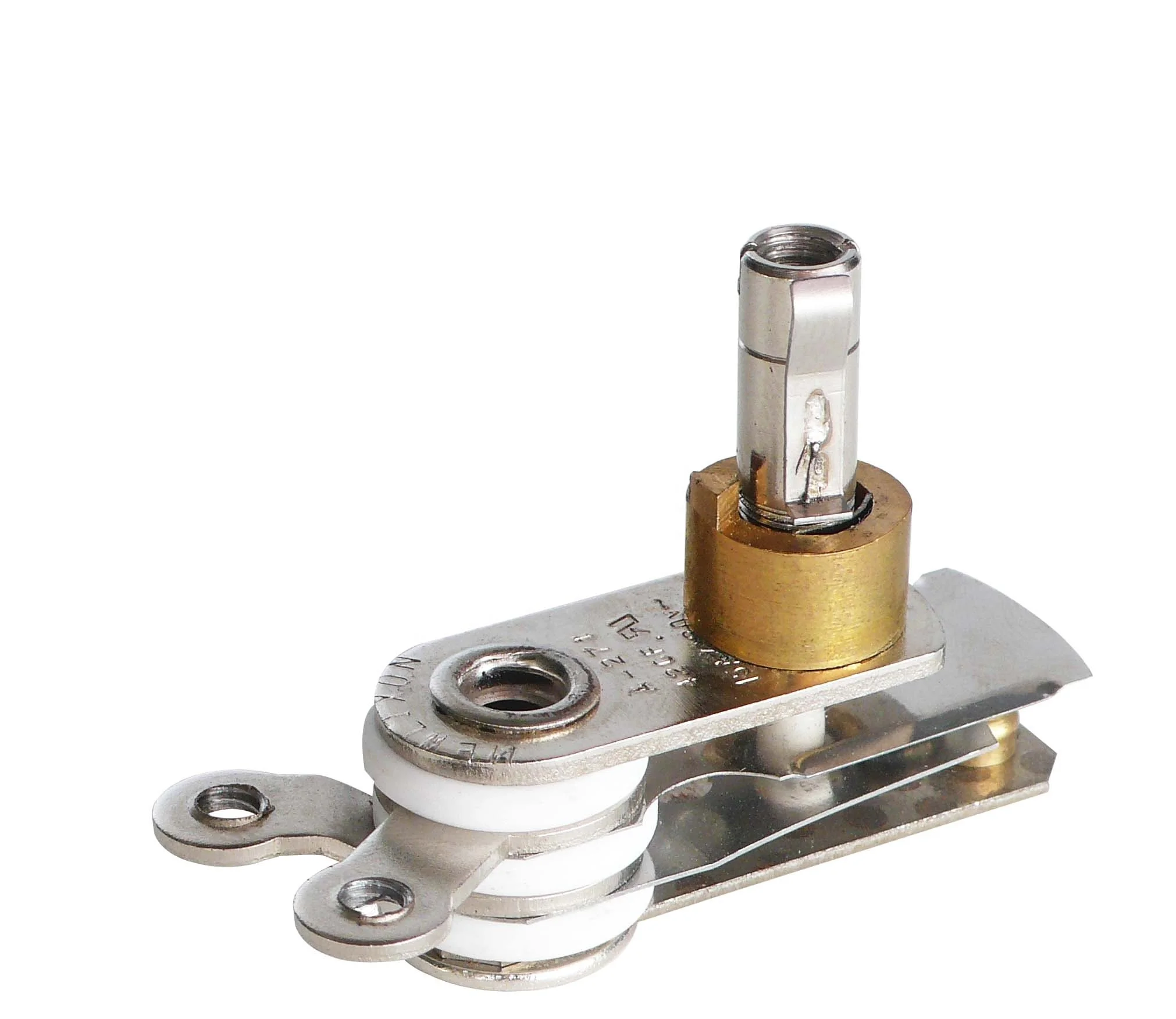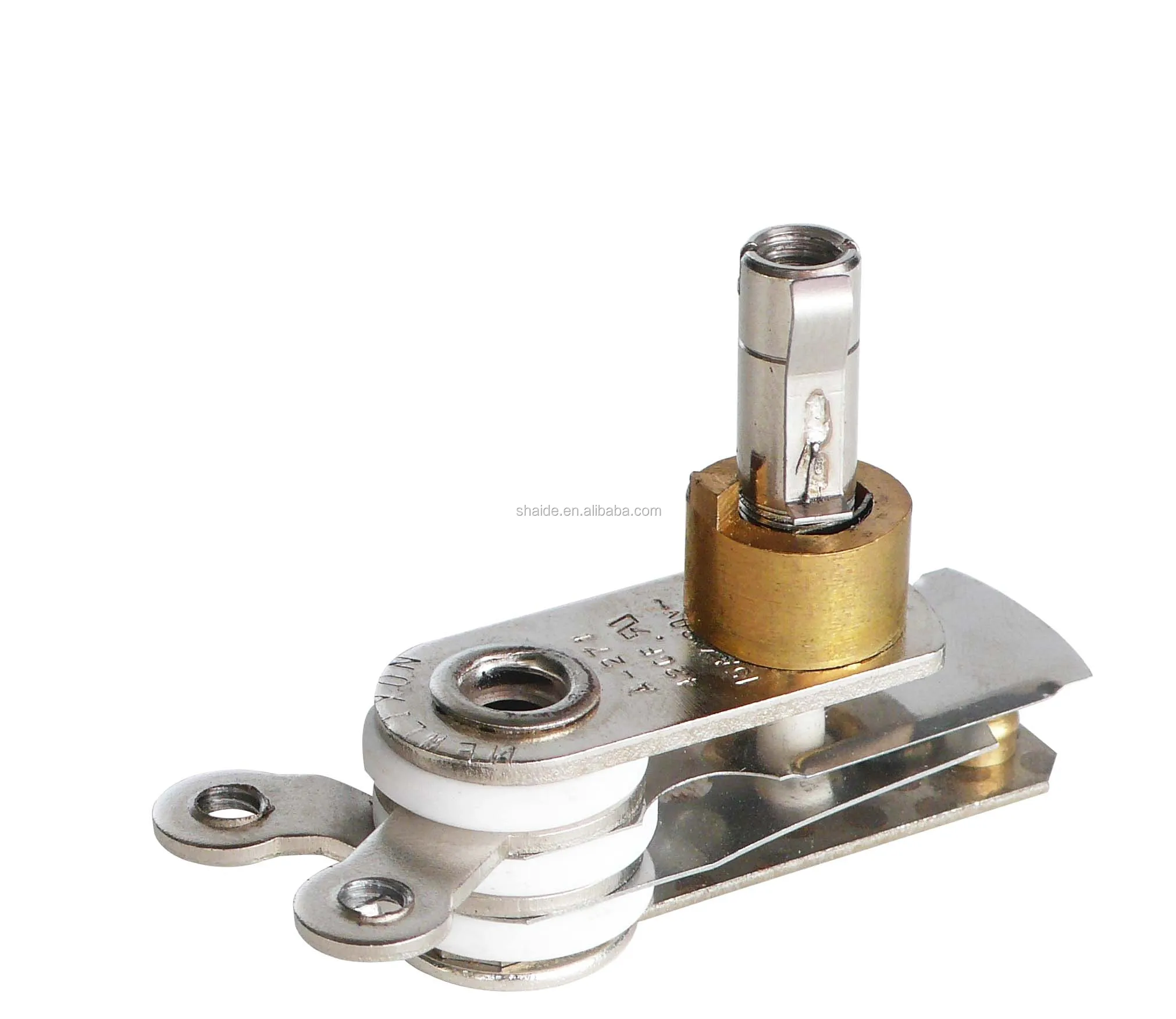
A thermostat is a device that helps regulate temperature in a room or a building. It is used in both residential and commercial settings to control heating and cooling systems. Thermostats are essential in creating a comfortable environment and improving energy efficiency. In this article, we will discuss where a thermostat is used and how it works.
Residential Use
Thermostats are commonly used in residential homes to regulate temperature. They can be found in most rooms, including living rooms, bedrooms, and kitchens. The thermostat works by sensing the temperature of the room and then sending a signal to the heating or cooling system to turn on or off. Many modern thermostats are programmable, which means they can be set to turn on or off at specific times of the day. This helps to save energy and reduce utility bills.
Commercial Use

Thermostats are also used in commercial buildings such as offices, hospitals, and schools. In these settings, the thermostat is usually connected to a central heating and cooling system. The temperature is regulated throughout the building to ensure a comfortable environment for the occupants. Many commercial thermostats are programmable and can be controlled remotely, which makes it easier to manage multiple buildings with different heating and cooling needs.
Industrial Use
Thermostats are also used in industrial settings such as factories and warehouses. In these environments, the thermostat is used to regulate temperature for machinery and equipment. It is essential to maintain a specific temperature to ensure that the machinery works correctly and efficiently. Industrial thermostats are designed to handle high temperatures and are often more durable than residential or commercial thermostats.
How a Thermostat Works

A thermostat works by sensing the temperature in a room and then sending a signal to the heating or cooling system. The most common type of thermostat is a digital thermostat, which uses a thermistor to measure temperature. When the temperature falls below the set point, the thermostat sends a signal to turn on the heating system. When the temperature rises above the set point, the thermostat sends a signal to turn off the heating system and turn on the cooling system. This process continues until the desired temperature is reached.
Conclusion
Thermostats are an essential part of modern heating and cooling systems. They are used in residential, commercial, and industrial settings to regulate temperature and improve energy efficiency. Understanding how a thermostat works can help you to choose the right thermostat for your needs and use it more effectively.